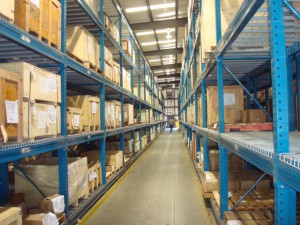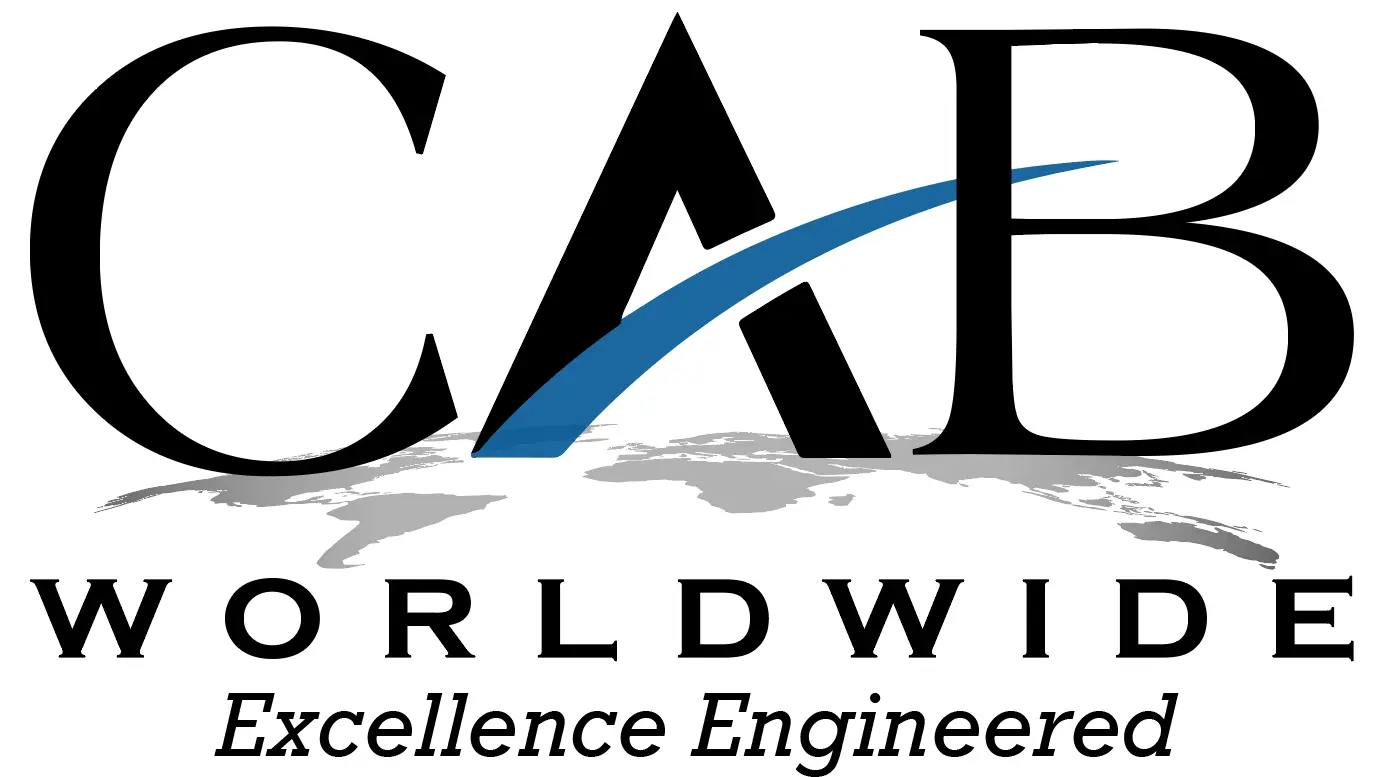It seems like at least once a week we see a headline about a forklift accident that resulted in an injury or fatality. In fact, 1 out of 6 workplace fatalities can be linked back to a forklift. Because this equipment is so common in the warehouse environment, many people become complacent about proper protocol when operating a forklift, or just working in the same space as one. In an attempt to lessen the number of forklift related accidents, we’ve come up with some safety tips when working with forklifts and other heavy machinery.

- Check the License
Only licensed forklift operators should have access to the equipment. Period. This seems like a given, yet many accidents are caused by untrained workers who think they can perform a certain job, even though they have no experience. Make sure all forklift operators are properly trained and licensed.
- Perform Regular Maintenance
Even the best-trained operator will be at a severe disadvantage if the forklift malfunctions in some way. Many companies require daily equipment checks to ensure all controls are working properly and the machine itself is in good shape. This is a great model to follow, but even in those companies where daily checks are required, they’re not always enforced. Be sure to follow all guidelines, and make sure forklifts are appropriately maintained. The last thing you want is for the brakes to fail while you’re carrying a heavy load across a crowded warehouse.
- Buckle In
Remember the driver’s ed. ritual of buckling yourself in, checking all of your mirrors, and adjusting the seat as needed? You should still be doing that, and that includes in the forklift. Oftentimes a forklift will have a few different operators in any given day, so it’s important that all of the controls and safety features are tailored to you every time you get inside. And you should never neglect or remove the seatbelt – if a forklift starts to tip, many people will respond by jumping out. But the safest place to be is inside the forklift. Jumping out could result in you getting pinned against or crushed underneath the forklift. Always remain in the seat.
- Post Safety Information
Typically, forklifts are supposed to remain within a certain operating area. In addition to educating staff, post specific signage that indicates where equipment can be operated, how it should be operated, and by whom. Also include information on load requirements, height clearances, speed limits, etc. Even the best trained operators can have an off day or become complacent. Having the rules posted in high-traffic areas can avoid a possible mix-up.
These are just a few tips that warehouses can follow to improve forklift safety. There are numerous other resources online, and it’s important to stay updated on the latest recommendations and workplace regulations. There are far too many forklift accidents, and we hope to help in bringing down those numbers.
